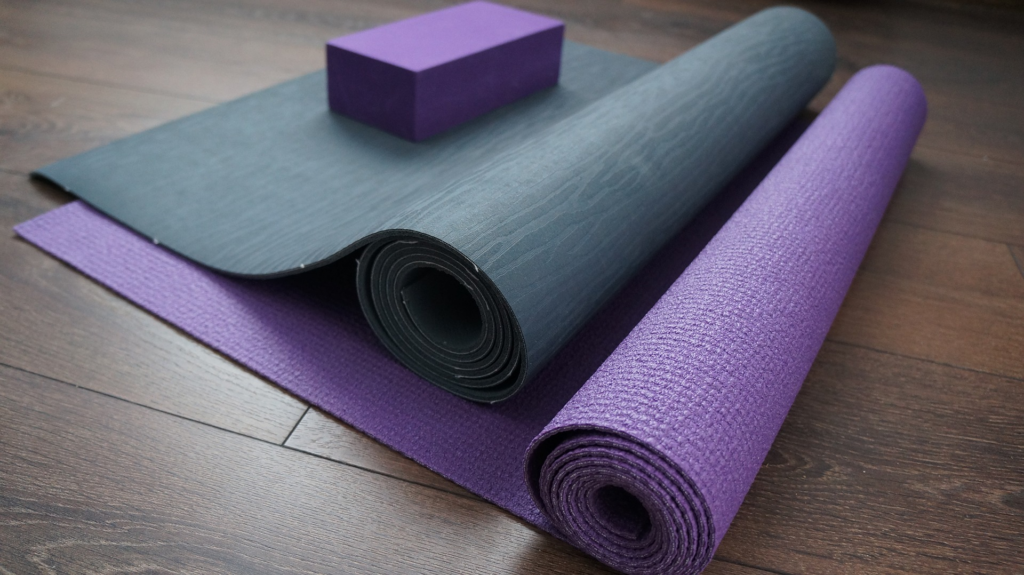If one of your fitness goals is to sculpt a firm derriere, then think beyond your typical squat routine and try yoga. Strengthening your butt has more benefits than good aesthetics.
Having strong glutes helps foster good posture and aids in everyday activities such as running, climbing stairs and even getting up from a sitting position.
Booty Basics
The glute muscles are comprised of three sections:
- Gluteus maximus. The largest glute muscle, this gives your butt its shape. It helps keep us upright when sitting or standing. Your gluteus maximus is also important for activities that call for strength from your lower body: running, jumping, standing up, climbing stairs, etc.
- Gluteus minimus. This is smallest and deepest of the three main glute muscles and is located on the underside of the butt. The gluteus minimus’ role is to help with lower limb rotation and also keeps the pelvis stable.
- Gluteus medius. The gluteus medius is between the gluteus maximus and gluteus minimus. This muscle helps with the movement of the leg and keeps the pelvis stable.
Yoga Poses For a Strong Backside
Chair Pose
- Stand in Mountain pose with your feet hip-width apart. Inhale and raise your arms toward the sky. Keep the arms parallel, palms facing each other.
- Exhale and bend your knees. Focus your weight in your heels while sitting back as if you are about to sit in a chair. Lean the torso slightly forward over the thighs. Keep the thighs parallel to each other.
- Keep your torso long. Press your shoulder blades together.
- Hold the pose for 30 seconds to a minute. Release the pose by straightening your knees with an inhalation. Exhale and release your arms to your sides.
Bridge (WARNING: Do not perform bridge pose if you have a neck or shoulder injury.)
- Lie on your back with your knees bent and feet on the floor. Extend your arms along the floor, palms flat.
- Press your feet and arms firmly into the floor. Exhale as you lift your hips toward the ceiling.
- Draw your tailbone toward your pubic bone, holding your buttocks off the floor. Do not squeeze your glutes or flex your buttocks.
- Roll your shoulders back and underneath your body. Clasp your hands and extend your arms along the floor beneath your pelvis. Straighten your arms as much as possible, pressing your forearms into the mat. Reach your knuckles toward your heels.
- Keep your thighs and feet parallel — do not roll to the outer edges of your feet or let your knees drop together. Press your weight evenly across all four corners of both feet. Lengthen your tailbone toward the backs of your knees.
- Hold for up to one minute. To release, unclasp your hands and place them palms-down alongside your body. Exhale as you slowly roll your spine along the floor, vertebra by vertebra. Allow your knees to drop together.
Crescent Lunge
- Start in a low lunge. Place your hands on the ground outside your foot, shoulder-width apart. Step your right foot in between your hands. Extend your left leg straight back. Balance on your toes.
- Rise up slowly, lifting your torso off your right leg. Keep your chest up and reach your arms up toward the sky. Keep the arms parallel to each other with your biceps near your ears. Press your pelvis forward . Keep your right knee stacked over your right ankle and keep your back heel lifted.
- Exhale and keep your back leg straight so that it’s hovering over the floor. Inhale and press back up. Do this on both sides.
